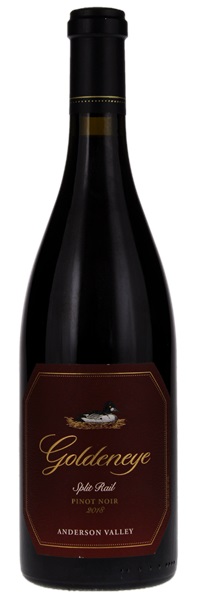Estimate

Tempting strawberry and sweet plum aromas lead to rich, gentle cherry and spiced plum flavors in this broad, mouthfilling wine that's well bolstered by fine-grained tannins. The fruit flavors get deeper and more concentrated with more sipping, and the finish lingers nicely.
A savory, ash note to the nose, along with aromas of red and black fruit, rosemary and thyme. Full-bodied with pleasant salinity, which articulates the red-fruit and floral character, turning the palate rather succulent and juicy. Silky tannins. White pepper comes through. Very tasty.
Vibrant, savory and well-spiced, with flavors of dried berry and cherry that are flanked by plenty of cedary and minerally notes. The rich finish is loaded with accents of hot stone, slate and underbrush.